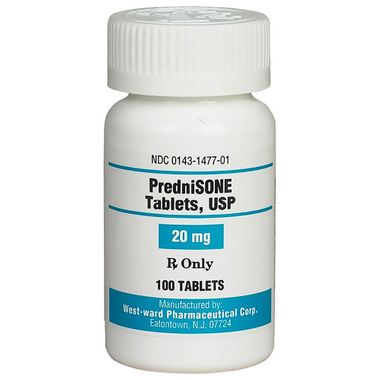Cold Agglutinin Disease: Symptoms, Causes, Treatment
What are the symptoms of cold agglutinin disease?
Cold agglutinin disease (CAD) is a rare autoimmune disorder characterized by the presence of cold agglutinins, which are antibodies that can cause red blood cells to clump together (agglutinate) at cold temperatures. The symptoms of CAD can vary from person to person but may include:
- Anemia: The clumping of red blood cells can lead to destruction of these cells, resulting in anemia, which can cause fatigue, weakness, and shortness of breath.
- Raynaud’s phenomenon: CAD can cause constriction of blood vessels in response to cold temperatures, leading to a condition known as Raynaud’s phenomenon. This can cause numbness, tingling, or discoloration of the fingers and toes.
- Acrocyanosis: CAD can also cause a bluish discoloration of the skin, particularly in the hands and feet, known as acrocyanosis.
- Pallor: Some people with CAD may have paleness of the skin due to anemia.
- Jaundice: In severe cases, CAD can lead to the destruction of red blood cells, resulting in the release of bilirubin into the bloodstream, which can cause yellowing of the skin and eyes (jaundice).
- Fatigue: Anemia and other symptoms of CAD can cause fatigue and weakness.
- Pain: Some individuals with CAD may experience pain in the hands and feet, especially in response to cold temperatures.
It’s important to note that the symptoms of CAD can be triggered or worsened by exposure to cold temperatures. Treatment for CAD may include avoiding cold exposure, keeping warm, and, in some cases, medication or other treatments to manage symptoms and reduce the activity of the immune system. If you suspect you have CAD or are experiencing symptoms, it’s important to consult with a healthcare provider for an accurate diagnosis and appropriate management plan.
What are the causes of cold agglutinin disease?
Cold agglutinin disease (CAD) is caused by the production of cold agglutinins, which are antibodies that target red blood cells at cold temperatures. These antibodies can bind to red blood cells and cause them to clump together (agglutinate), leading to their destruction and causing anemia.
The exact cause of CAD is not always clear, but it is classified as an autoimmune disorder, which means that the immune system mistakenly targets and attacks the body’s own cells. In the case of CAD, the immune system produces antibodies that target red blood cells when they are exposed to cold temperatures. This can lead to the symptoms of CAD, particularly in response to cold exposure.
CAD can be primary, meaning that it occurs without an underlying cause, or secondary, meaning that it occurs as a result of another condition, such as an infection (particularly Mycoplasma pneumoniae infection), lymphoproliferative disorders (such as lymphoma or multiple myeloma), or certain autoimmune diseases (such as systemic lupus erythematosus or rheumatoid arthritis).
In some cases, CAD may be triggered by certain medications, such as some antibiotics or monoclonal antibody therapies. Additionally, some people may have a genetic predisposition to developing CAD.
Overall, the exact cause of CAD can vary from person to person, and more research is needed to fully understand the underlying mechanisms of the disease.
What is the treatment for cold agglutinin disease?
The treatment for cold agglutinin disease (CAD) aims to manage symptoms and prevent complications, particularly in response to cold exposure. Treatment options for CAD may include:
- Avoiding cold exposure: One of the most important aspects of managing CAD is to avoid exposure to cold temperatures, as this can trigger symptoms. This may involve dressing warmly, using heated blankets or clothing, and avoiding cold environments whenever possible.
- Medications: In some cases, medications may be used to manage symptoms and reduce the activity of the immune system. Corticosteroids, such as prednisone, may be prescribed to suppress the immune response and reduce the production of cold agglutinins. Other medications, such as rituximab or azathioprine, may be used in cases where corticosteroids are not effective.
- Intravenous immunoglobulin (IVIG): IVIG may be used to temporarily increase the levels of normal antibodies in the blood, which can help reduce the activity of cold agglutinins and improve symptoms.
- Blood transfusions: In severe cases of anemia, blood transfusions may be necessary to replace the red blood cells that have been destroyed.
- Treatment of underlying conditions: If CAD is secondary to another condition, such as an infection or autoimmune disease, treating the underlying condition may help improve CAD symptoms.
- Splenectomy: In some cases, surgical removal of the spleen (splenectomy) may be considered as a treatment option for CAD. The spleen plays a role in the destruction of red blood cells, and removing the spleen may reduce the severity of CAD symptoms.
It’s important for individuals with CAD to work closely with a healthcare provider to develop a treatment plan that is tailored to their specific needs. Regular monitoring and follow-up are important to assess the effectiveness of treatment and make any necessary adjustments.




